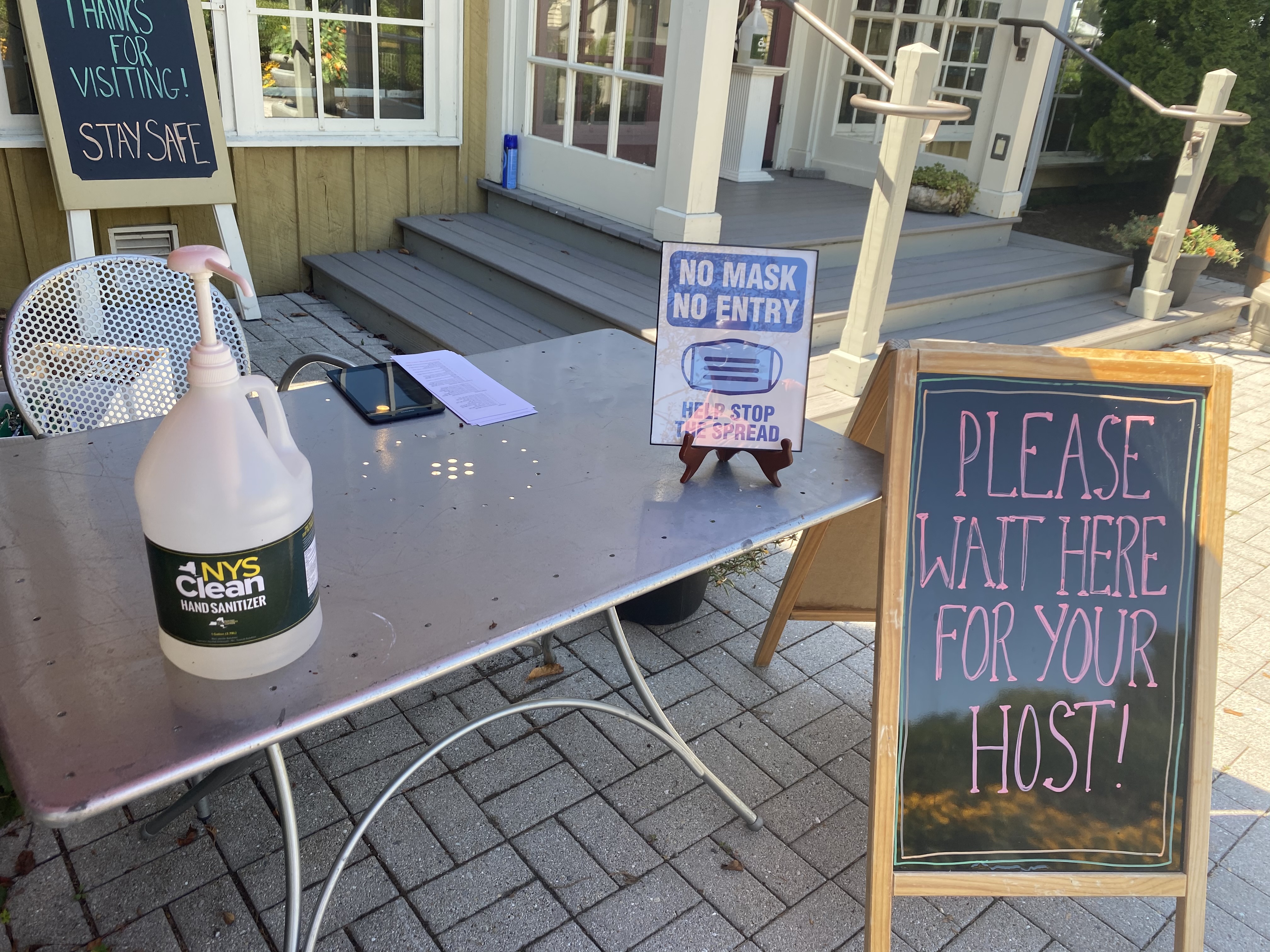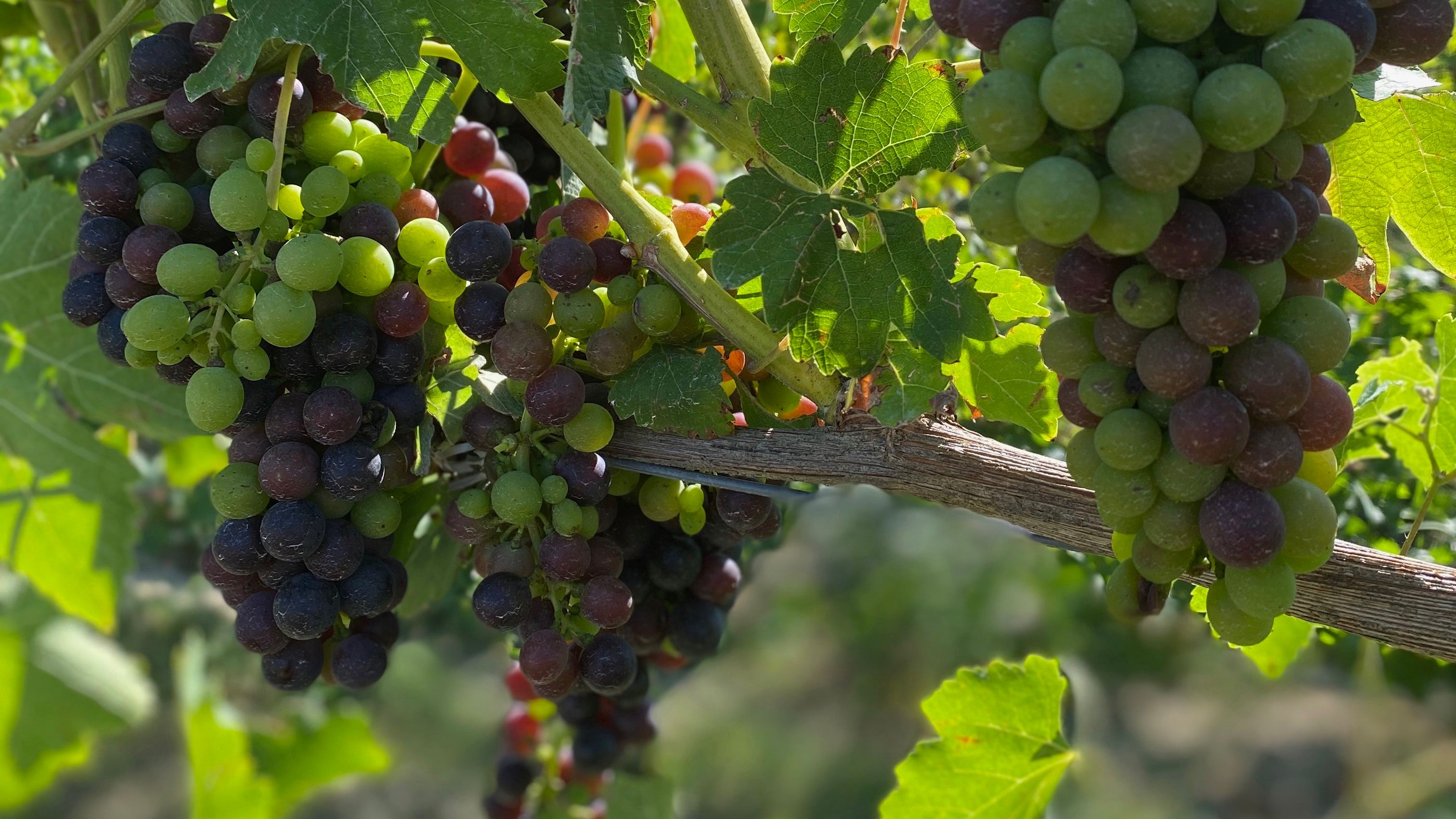The pandemic has left us New Yorkers with not many options for a summer getaway. Thankfully, we have a beautiful region full of vineyards and wineries just hours away.
I took a trip there last week and this question came up: How do these vineyards survive the brutal winters of Upstate New York?
The Finger Lakes Region is located right in the middle of New York State in what many New Yorkers call "Upstate".
Although, talk to anyone outside of NYC, and they'll tell you it's actually called "Central New York," or the Finger Lakes. But, that's an entirely different blog topic.

The Finger Lakes were created when glaciers carved out deep trenches across a plateau. Once those glaciers receded, those deep trenches became The Finger Lakes, and these lakes are very deep.
Seneca Lake, at its deepest point, is more than 600 feet deep. Compare that to Lake Erie, one of the Great Lakes, which is only 200 feet deep.

As beautiful as the Finger Lakes are in the summer, winters here can be brutal. Nearby areas average between 100 and 200 inches of snow per winter, and the average high temperature stays below freezing from late January into early February.
Thankfully, as brutal as the winters are, most years, the depth of these lakes prevents them from completely freezing.
Since the lake isn't frozen, this means the temperature of the water is at least a few degrees above freezing point. This helps keep nearby areas from getting quite as cold, and therefore, it allows hardy grapes to grow and Finger Lakes wine to exist.
But, the lakes only offer so much protection. Often, a cold snap in the Fall will leave grapes on the vine suddenly exposed to below freezing temperatures.
This first sudden hard freeze freezes the water in the grapes, squeezes out more sugar, and allows for a Finger Lakes specialty, Ice Wine. If you've never tried it, it's very sweet. It's intended to be a dessert wine.

As cold as it gets here, Winemakers on my visit did say that the climate is becoming noticably warmer. Winters are not as cold, and the growing seasons are longer.
This certainly could open up more possibilities to new grape varieties and an expanded menu of wine options in the future.



